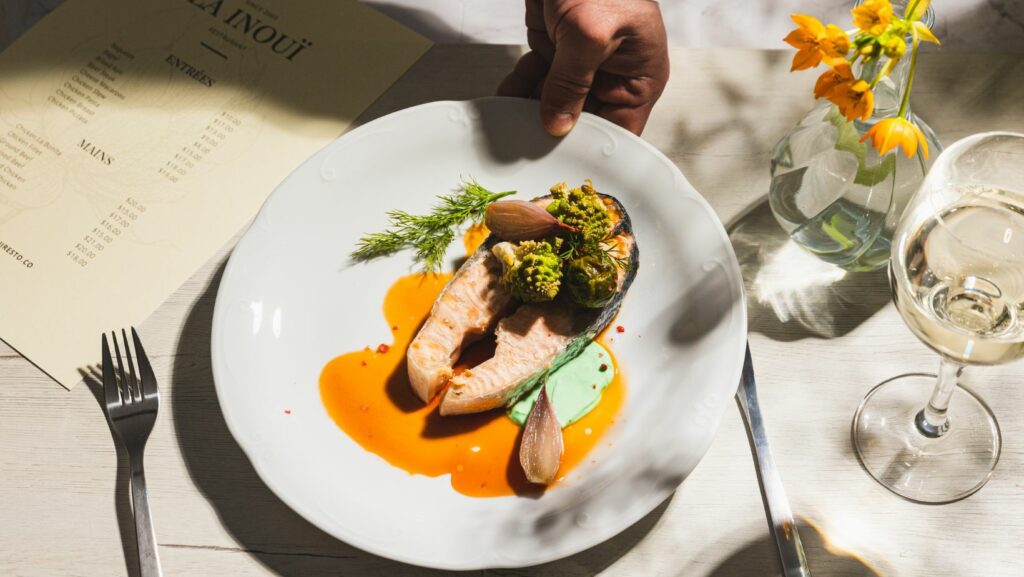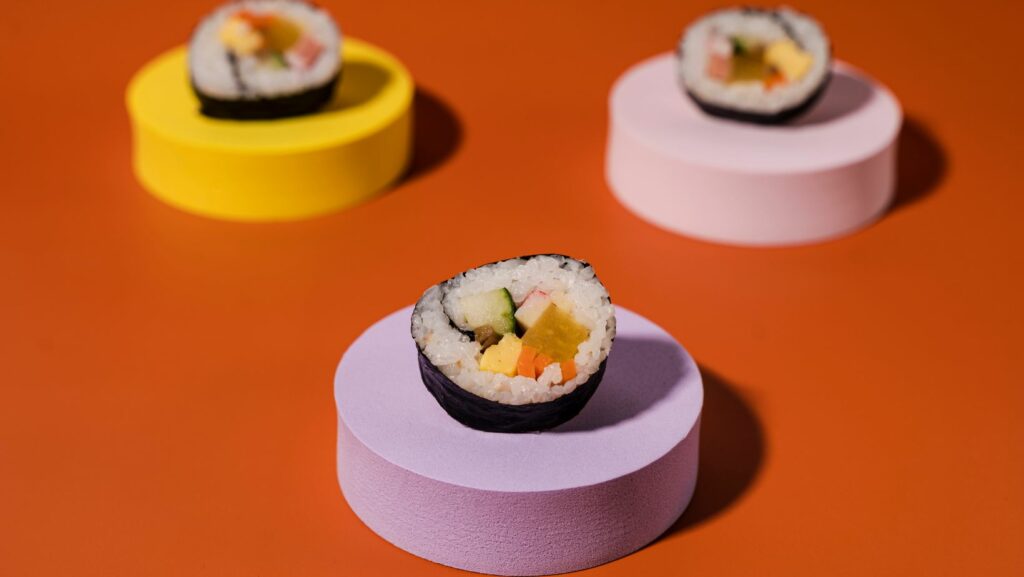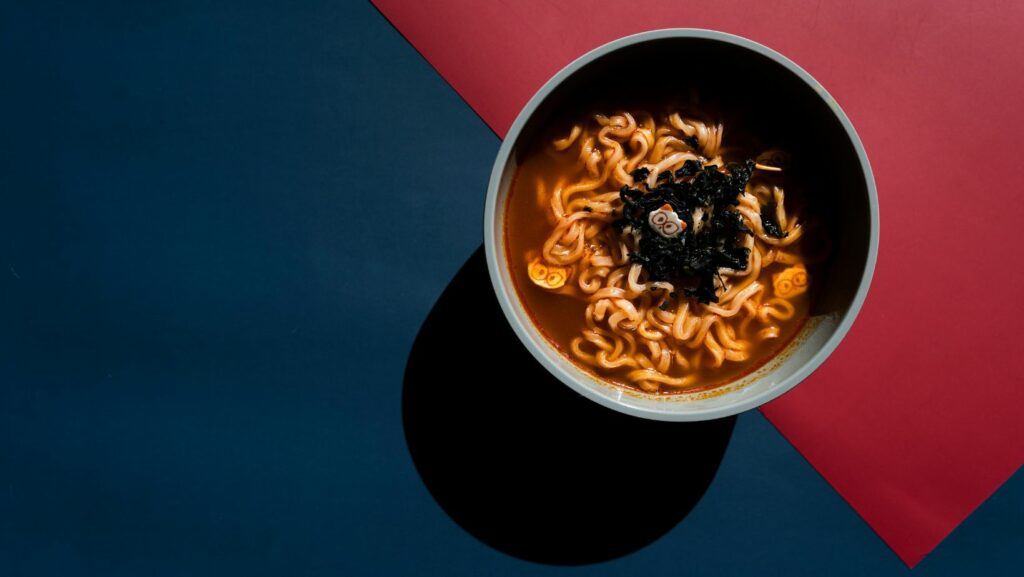Foodie Snark

In an era where food is more than sustenance, foodie snark has emerged as a colorful commentary on culinary culture. With social media platforms brimming with food photos and reviews, a wave of witty, often sarcastic critiques has taken center stage. These snarky remarks aren’t just about the dishes themselves but also target the pretentiousness sometimes associated with the foodie lifestyle.
This playful yet biting commentary offers a fresh perspective on the world of gastronomy. It challenges the seriousness with which some approach the art of dining, poking fun at the elaborate descriptions and over-the-top presentations that often accompany high-end cuisine. For many, foodie snark provides a humorous escape, a way to enjoy the culinary scene without taking it too seriously.
As foodie culture continues to evolve, so too does the snark that accompanies it. This blend of humor and critique invites everyone to savor the lighter side of dining.
Understanding Foodie Snark

Foodie snark is a playful critique of the culinary world, marked by humor and sarcasm. It’s popular on platforms like Twitter and Instagram, where users poke fun at gourmet trends and foodie pretentiousness. This type of snark targets both extravagant dishes and the culture surrounding them. A common subject is elaborate plating, with users questioning whether form trumps function when portions are sparse.
Another target is exotic ingredients, which are critiqued for prioritizing novelty over taste. For example, when restaurants include edible flowers on every dish, it may become a point of snarky commentary. Upscale dining settings also attract snark, often highlighted for their stereotypical dim lighting and extended tasting menus. Through these observations, foodie snark invites a more relaxed perspective on food appreciation.
Beyond just critique, foodie snark serves as a relatability tool, bringing casual food lovers into the conversation. By lampooning the solemnity of gourmet dining, this humor enhances connections within food communities. Rather than diminishing the value of fine dining, foodie snark offers an inclusive lens, making culinary appreciation accessible to all.
The Origins Of Foodie Snark
Foodie snark emerged as part of a wider cultural latitude toward humor and satire in food criticism. This trend predates social media, rooted in early culinary critiques.
Early Incidences In Food Criticism
In the mid-20th century, food writers began using humor to critique dining experiences. Columns in newspapers and magazines showcased witty reviews, often poking fun at pompous restaurants and over-the-top dishes. Writers like MFK Fisher and Calvin Trillin employed this style, pointing out the absurdity in culinary excess.
Rise Of Influencer Culture
With the advent of social media in the 2010s, influencer culture drastically reshaped how food is critiqued and celebrated. Platforms like Instagram created an environment for snark to thrive, as users began mocking overly curated food photos and experiences. Influencers themselves became subjects of satire, with foodie snark underscoring the gap between online personas and genuine culinary appreciation. This shift expanded the reach and impact of foodie snark, embedding it into modern food discourse.
Characteristics Of Foodie Snark
Foodie snark adds humor and levity to culinary discussions, offering a playful critique of the food industry. This unique commentary style engages online communities through its characteristic tone and focus.

Foodie snark heavily relies on sarcasm and wit. These elements often highlight the absurdity of certain culinary trends. This form of communication allows participants to poke fun at unrelatable food experiences, such as mile-high burgers or dishes served on unconventional plates. Short, sharp comments on platforms like Twitter amplify these critiques, making them resonate with wider audiences. The clever use of language turns what could be a simple observation into a memorable remark, creating a shared sense of humor among readers.
Critiquing pretentiousness forms a core part of foodie snark. Targets often include the pomp and circumstance around fine dining and extravagant food culture. By pointing out excessive menu descriptions or exaggerated claims about ingredient origins, foodie snark invites a more down-to-earth appreciation of food. This approach counters the elitism often found in gourmet settings, instead promoting a message that deliciousness should not require pretension. Ironically highlighting these elements helps demystify highbrow culinary practices for everyday fans.

